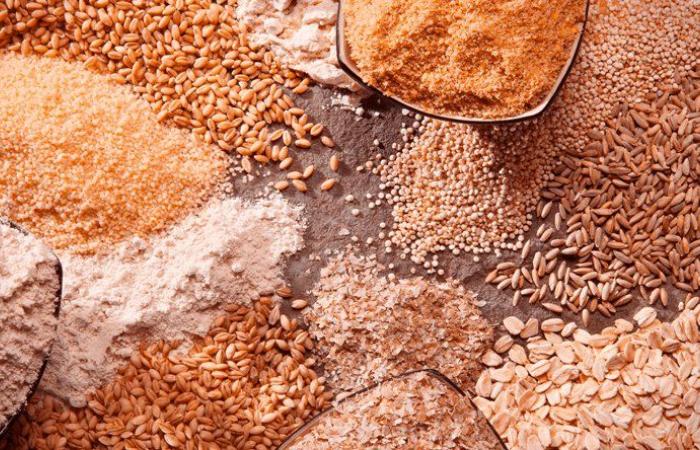According to SNSAN’s monthly report on the International Market nº 156, from February 2024, the average export prices of the three main cereals registered average variations in February compared to the January average of -9.3% for corn, -4. 5% for wheat and -0.5% for rice.
The same source indicated that the pressure of strong competition in exports and the slowdown in international demand put pressure on the world wheat market, while in the United States concerns about the slow pace of exports and exchange rate movements put pressure on wheat prices.
In the European Union, the released report highlights, lower offers from the Black Sea have increased competition in the region, influencing the wheat market, while in Russia the attempt by exporters to seek to secure business before the start of the cereal quota in mid- February weighed on wheat prices.
The increase in offers at competitive prices from Ukraine’s deep-water ports, highlights the document, drove the fall in world corn export prices, and in the United States, the prospect of a good harvest in the southern hemisphere justified the drop in prices.
In Argentina, the improved forecast for the next harvest supported prices, in Brazil, prices fell by around 13.9% compared to January and world rice export prices fell compared to the previous month.
In Thailand, reduced demand pressured rice prices to a monthly low; in Vietnam, rice export prices fell due to seasonal harvest pressure and in the United States, rice prices increased by around 6.5% compared to the previous month.
As for sugar, the SNSAN report states, world export prices registered a stable trend in relation to the previous month, while in India and Thailand concerns about the low level of production were counterbalanced by the good pace of exports from Brazil and prospects improvements in global sugar production.
Regarding wheat supply, the report indicates that with the harvests already completed, world production was estimated at 788MT, the second highest ever recorded and 2% above the recent average.
World consumption was forecast at 803MT, a monthly drop of 1MT, so considering population growth and an ongoing shift in consumer diets in parts of Asia and Africa, human consumption is expected to reach a record 553MT (+1) .
“Despite strong competition from alternatives, global feed demand is expected to increase to 155MT (+3%), with wheat feed in China and the European Union driven by abundant supplies of lower quality”, reads the report released by SNSAN.
The same source also highlights that the world stock should reach around 165MT, representing a drop of 15MT compared to last season.
The world trade forecast for the year 2024/2025 predicts an increase of 1% (799MT) per year in agricultural production and a marginal increase in world consumption (804MT), with the expansion of human and industrial consumption counterbalanced by a reduction in feed .
World trade for the year 2024/2025 was projected at 196MT, which means a monthly increase of 1MT, 2% lower than the previous year, including smaller purchases by the European Union.
For this agricultural year, the world stock, according to SNSAN, predicts a much more pronounced decrease, including in the main exporters.
Inforpress






